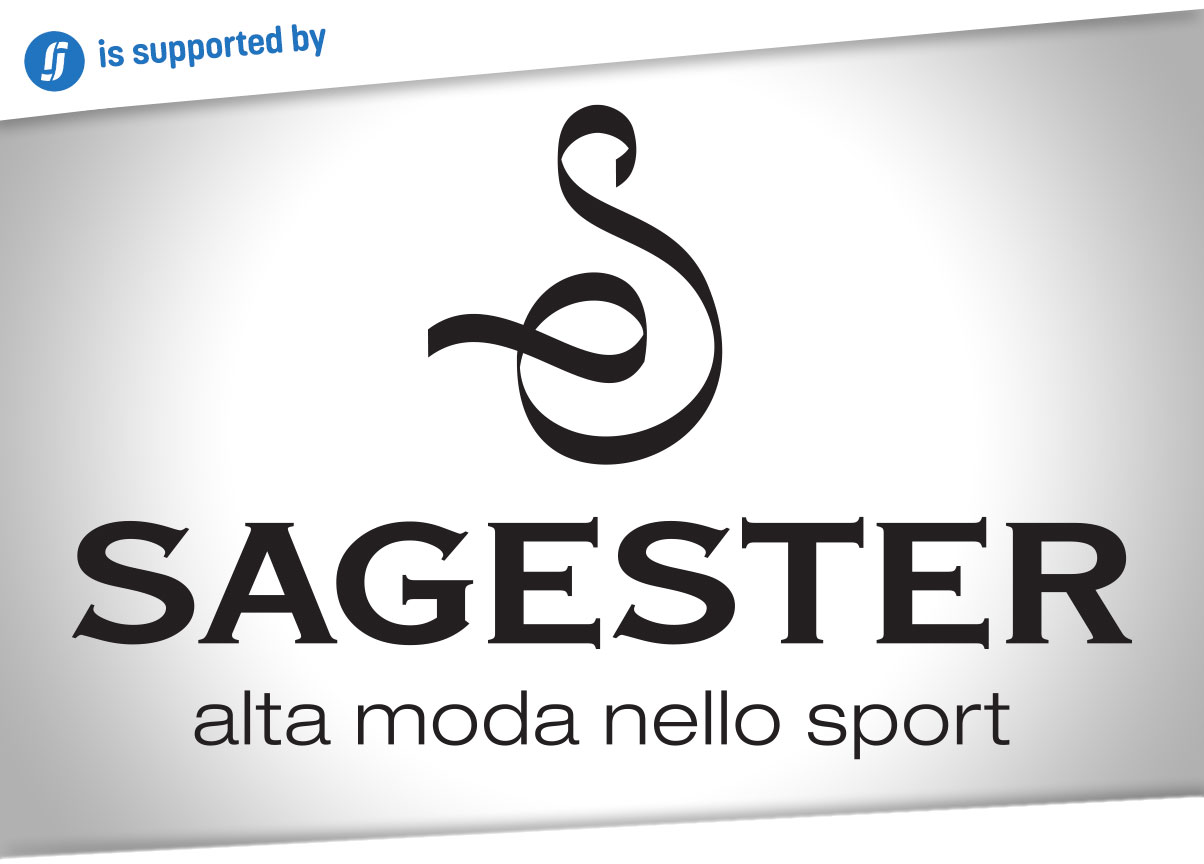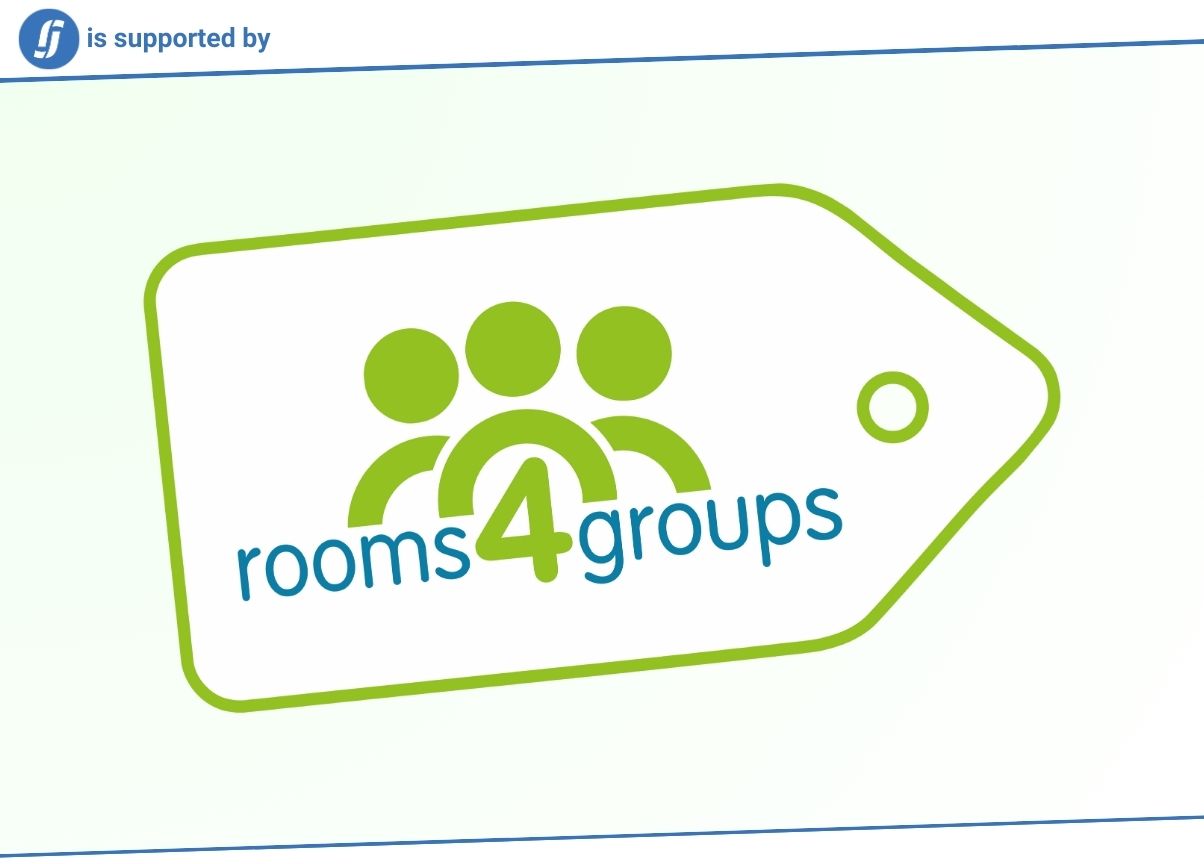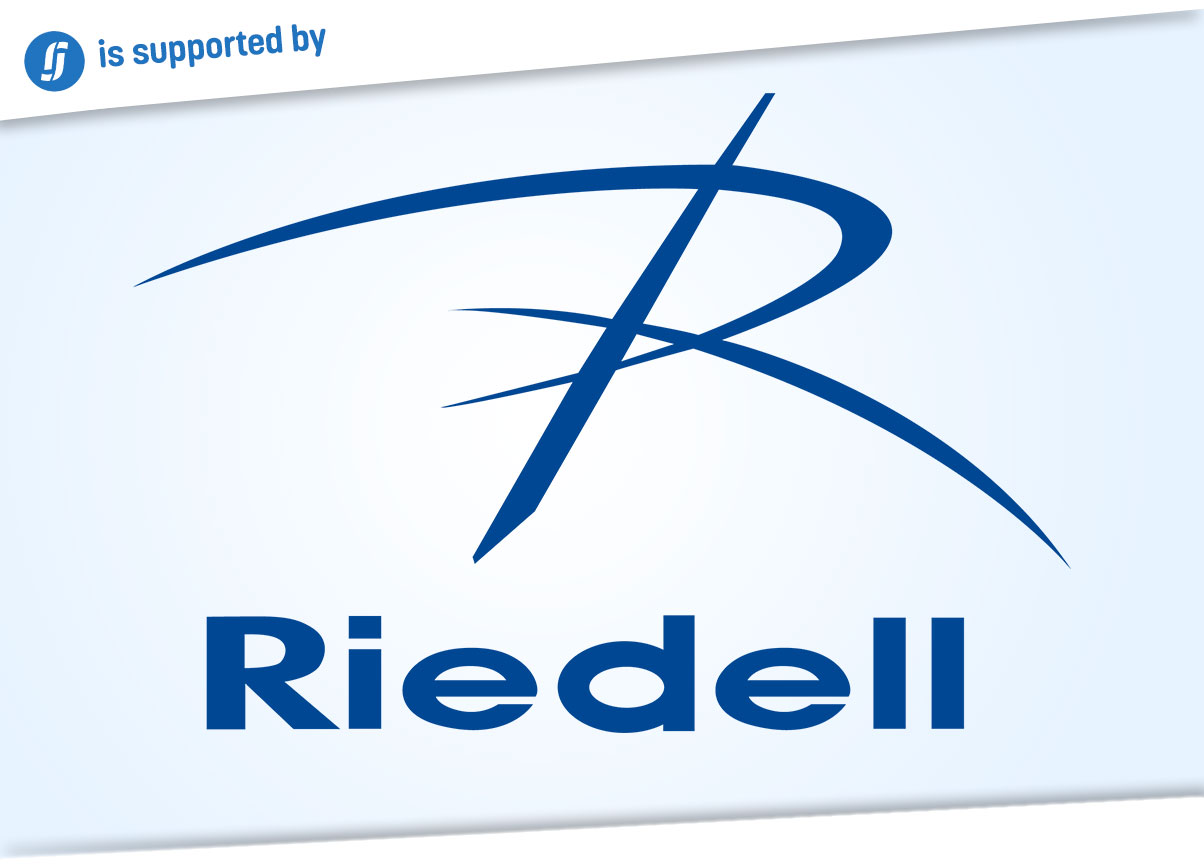Magazine
How to embrace diversity in your synchro team?
Magazine
How to embrace diversity in your synchro team?

Team Icicles - GBR. (Credits: Ville Vairinen - 2019)
Revisited this summer, this article is an opportunity to rediscover a vital topic for every team: how to build an environment where everyone feels respected, valued, and empowered to perform at their best.
Synchronized skating is a sport full of richness—athletes of all backgrounds, identities, and beliefs come together to form one team. Diversity is everywhere: in culture, body types, skin tones, gender identity, music choices, and creative expression. And that’s what makes this sport so unique.
But how do we make sure that every skater truly feels included and supported? How can we avoid unintentional behaviors that can isolate or hurt others?
Here’s a clear and kind guide to help foster more awareness, inclusion, and equity within synchro teams.
1. Continuous education for all of usBut how do we make sure that every skater truly feels included and supported? How can we avoid unintentional behaviors that can isolate or hurt others?
Here’s a clear and kind guide to help foster more awareness, inclusion, and equity within synchro teams.
Education is key. Coaches, officials, parents, volunteers, and athletes all share the responsibility of creating a safe, welcoming space.
Some helpful definitions:
BIPOC: Black, Indigenous, and People of Color
Bias: a preconceived opinion or judgment about someone based on characteristics like race, gender, or religion
Microaggressions: small, often unintentional words or actions that reinforce stereotypes or cause harm
Examples of bias and microaggressions:
Some may feel isolated even within their own team. Others may feel pressure to be perfect role models for younger skaters who look like them.
On competition days, some may worry about how makeup appears on their skin or whether their needs will be understood. Many find comfort in connecting with skaters from other teams who share similar experiences.
2. How to build a diverse team (for coaches)Some helpful definitions:
BIPOC: Black, Indigenous, and People of Color
Bias: a preconceived opinion or judgment about someone based on characteristics like race, gender, or religion
Microaggressions: small, often unintentional words or actions that reinforce stereotypes or cause harm
Examples of bias and microaggressions:
- Expecting all skaters to look exactly the same (dresses, tights, hairstyles)
- Making jokes about someone's skin color, religion, or hair texture
- Labeling someone “angry” for standing up for themselves or others
- Telling a skater they're "pretty for a person of color"
- Touching or asking to touch someone’s hair
- Singing along to music with racial slurs
- Assuming skaters who look alike must be related
Some may feel isolated even within their own team. Others may feel pressure to be perfect role models for younger skaters who look like them.
On competition days, some may worry about how makeup appears on their skin or whether their needs will be understood. Many find comfort in connecting with skaters from other teams who share similar experiences.
Here are some ways coaches and team leaders can foster diversity and belonging:
Ask questions. Listen. Inclusion begins with humility.
- Notice the diversity within your team—race, religion, gender identity, ability
- Talk to your skaters: ask what makes them feel safe, respected, and confident
- Use inclusive language—say “team,” “everyone,” or “ladies and gentlemen” when appropriate
- Respect religious practices (fasting, dietary restrictions, holidays)
- Support skaters who are transgender or intersex: every transition is different and may involve changes in name, pronouns, clothing, or medical treatment
- Highlight skaters from minority backgrounds regularly—not just on special occasions. Representation matters.
Ask questions. Listen. Inclusion begins with humility.

Celebrating a culture is different from imitating or caricaturing it.
When choosing music, costumes, choreography, or hairstyles inspired by a specific culture, take time to do your research. Your goal should always be respect—so that people from those communities feel honored, not uncomfortable.
When choosing music, costumes, choreography, or hairstyles inspired by a specific culture, take time to do your research. Your goal should always be respect—so that people from those communities feel honored, not uncomfortable.

Credits: Ville Vairinen - 2019
4. Dresses and tights
- Does the dress need to include mesh? If so, can the mesh match the skater’s skin tone?
- Consider offering multiple tights shades—including mid-tones and darker colors.
- Ask skaters about their preferences—feeling physically and emotionally comfortable on the ice can make a big difference.

- A single shade of makeup may not work for every skater.
- Basic makeup designed for lighter skin can look too harsh or unnatural on darker tones.
- Beauty professionals (at stores like MAC or Sephora) often offer free tutorials to help adapt makeup for various skin tones—no need to buy anything.
- Hair is part of identity—it shouldn’t have to be changed.
- For skaters with textured, curly, or coily hair, switching between natural and slicked styles can be difficult and time-consuming.
- Washing and restyling hair overnight isn’t always possible.
- Some skaters need to visit a hairdresser before competitions, which adds time and cost.
- Specialized hair products for BIPOC hair are available and should be considered.

Credits: Sebastien Muller - 2020
Conclusion
Let’s remember: in synchronized skating, what matters most is skating in harmony—not looking identical.
Keep these things in mind:
Keep these things in mind:
- Treat every person with dignity and respect
- Treat others how you would want to be treated
- Make team decisions with everyone in mind
- Celebrate strengths and progress often
- Build confidence and trust, on and off the ice
- And most of all… keep the conversation going
This article, originally written by Elodie Acheron in 2020, is brought to you again as part of our summer highlights.
A heartfelt thank you to all Jura Synchro contributors who continue to share their passion through their words and stories.
A heartfelt thank you to all Jura Synchro contributors who continue to share their passion through their words and stories.


